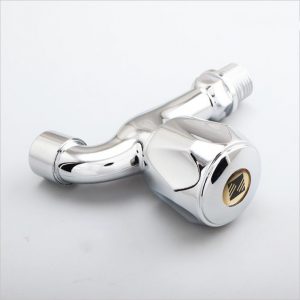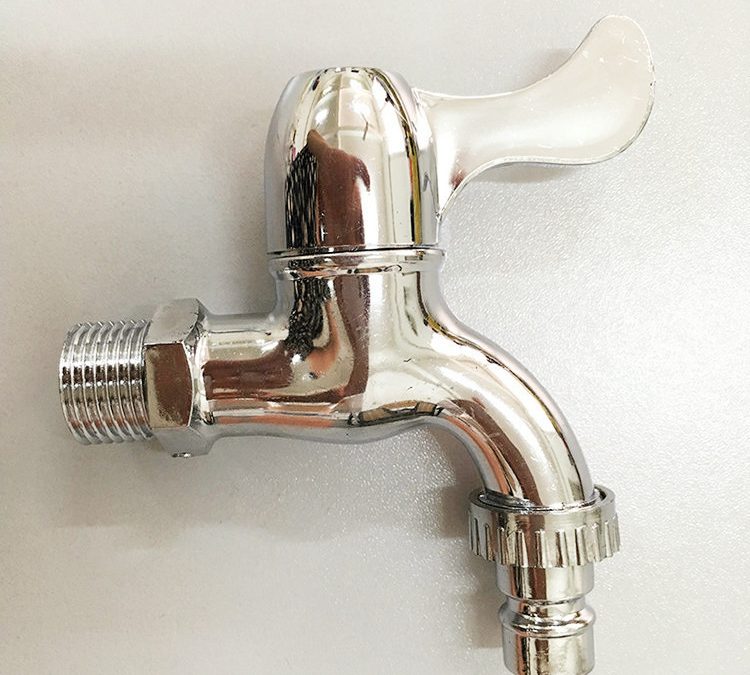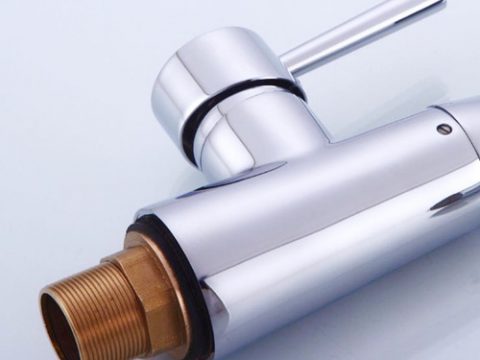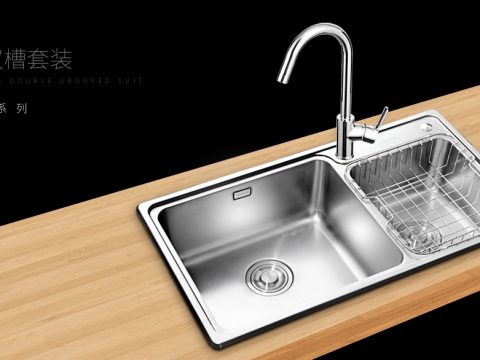- Contact us now!
- +86 18868944843
- ken@nbthe.com
How to fix a leaky faucet in 5 easy steps
Fixing a leaky faucet is a common household repair that can save water and prevent unnecessary expenses. Here’s a step-by-step guide on how to fix a leaky faucet in five easy steps:
Note: Before you begin, turn off the water supply to the faucet by shutting off the water valves under the sink.
Step 1: Gather Tools and Materials
- Adjustable wrench
- Screwdriver (Phillips or flat-head, depending on your faucet type)
- Replacement parts (O-rings, washers, cartridges, etc.) specific to your faucet model
- Penetrating oil (if needed)
Step 2: Disassemble the Faucet
- Remove the handle: Look for the screw cover on the handle (often a small cap), and gently pry it off with a flat-head screwdriver. Use the appropriate screwdriver to remove the screw hidden underneath. Carefully lift off the handle to expose the faucet’s interior.
- Access the cartridge or valve: Depending on your faucet type, you may need to remove a retaining nut or pin to access the cartridge or valve.
Step 3: Inspect and Replace Faulty Parts
- Check for damaged O-rings, washers, or cartridges. These are common causes of leaks in faucets.
- Remove any damaged components and replace them with new ones that are compatible with your faucet model.
Step 4: Reassemble the Faucet
- Place the new O-rings or washers in their designated positions within the faucet assembly.
- Reinstall the cartridge or valve and secure it with the retaining nut or pin, if applicable.
- Put the faucet handle back in place and fasten it with the screw you previously removed. If you have a cap for the handle, snap it back on.
Step 5: Test and Check for Leaks
- Turn the water supply back on and slowly open the faucet to test if the leak is fixed.
- If you notice any residual leaks or dripping, ensure all components are correctly tightened and installed. Tighten any loose connections.
- If the leak persists, you may need to repeat the steps and check for other potential sources of the leak.
By following these five easy steps, you can repair most leaky faucets on your own without the need for professional assistance. However, if you encounter any challenges or have a more complex faucet system, it’s always a good idea to consult a plumber for expert help.







